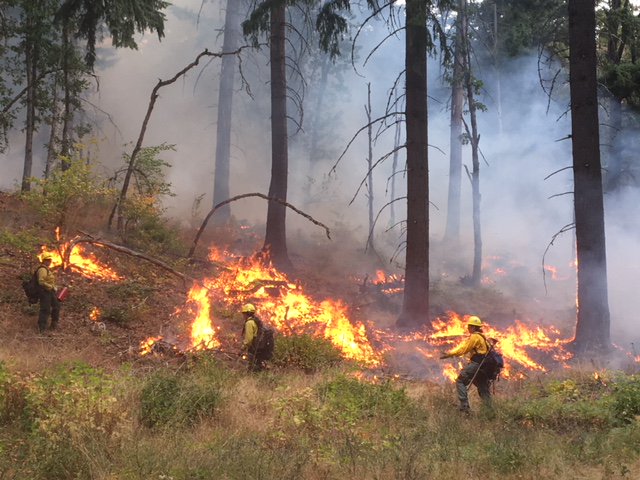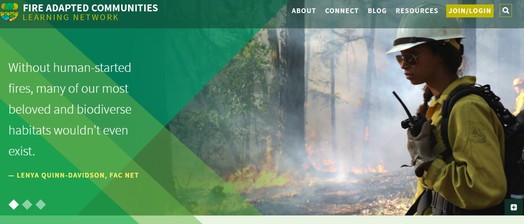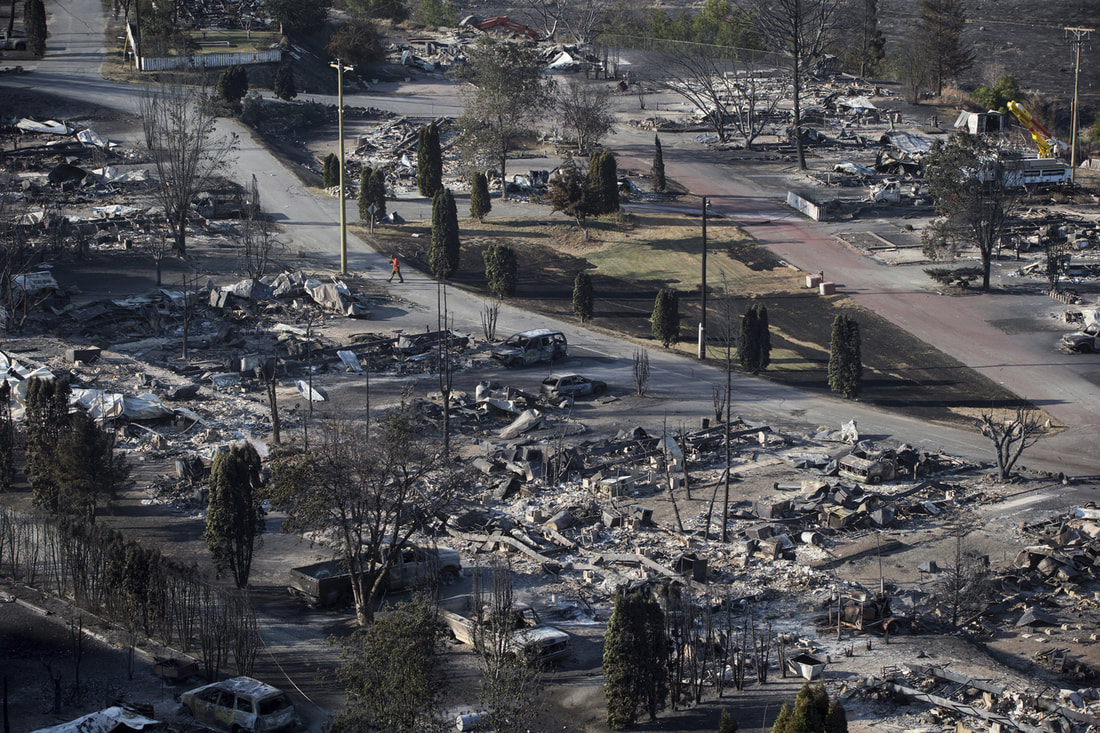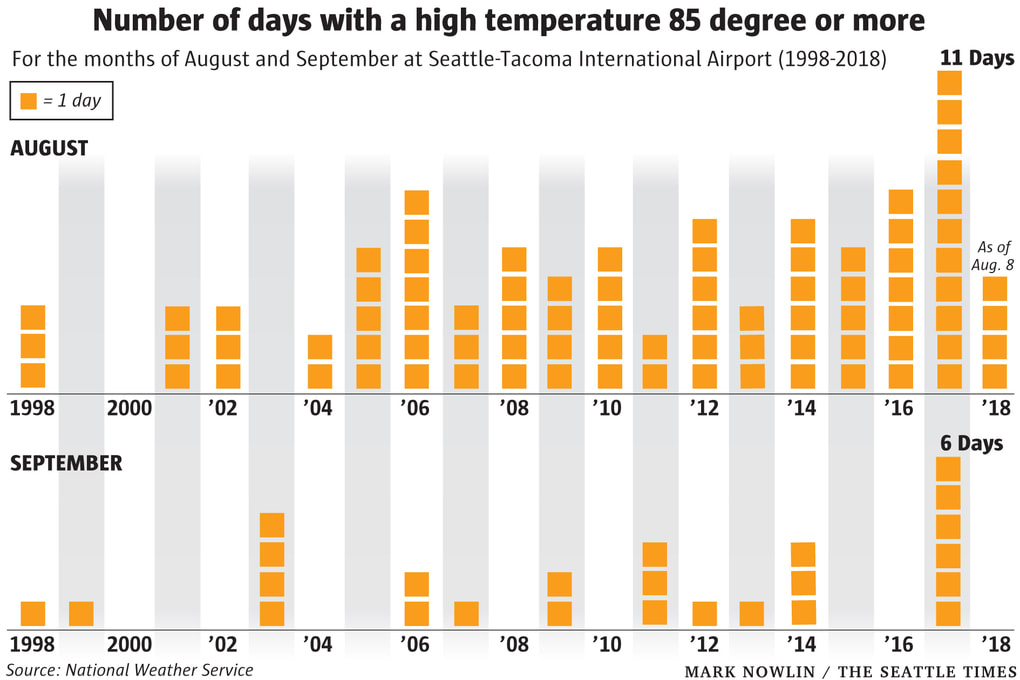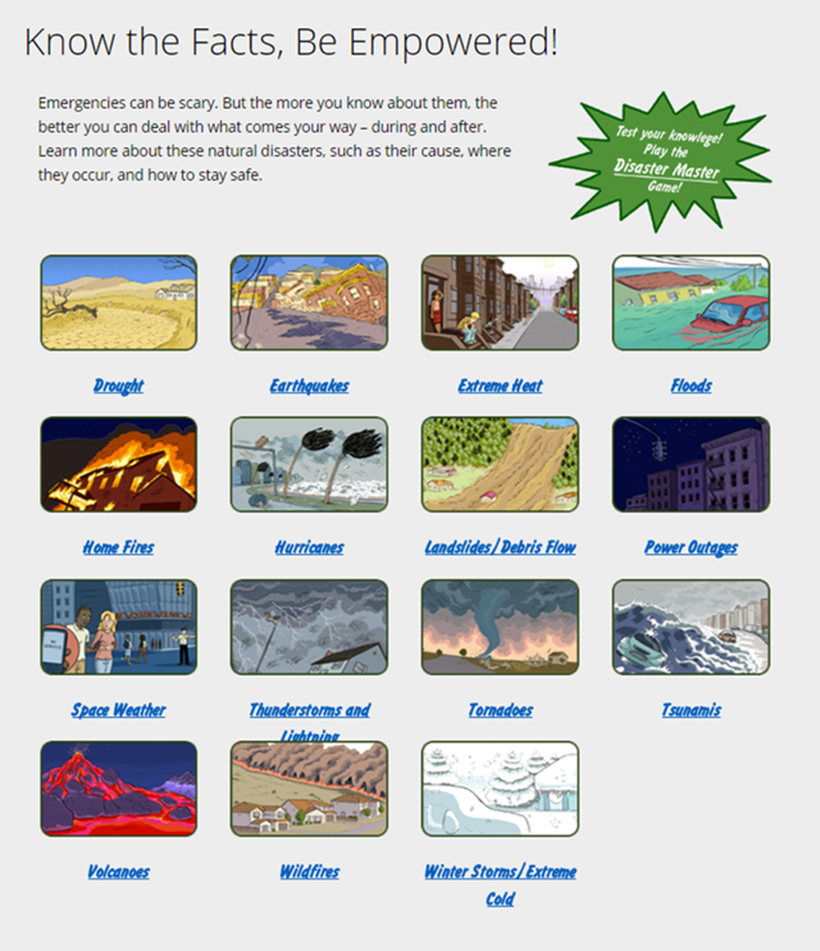Northshore Council PTSA is a welcoming organization that works to support our Local PTAs and serve the children and youth of our community through advocacy, collaboration, education, engagement, leadership, and mentorship.
North West Region Risks
Wild Fires
|
Wildland fires in the United States are becoming commonplace. There have been significant fires all throughout the West and British Columbia in the last month with individual homes and even neighborhoods being lost to fire. In California, the wildland fire season is now year-round.
Typically, the wildland fire season here in Washington begins in June and heats up in the months of July, August and September. While it is true that the majority of wildland fires occur east of the Cascades, the West Side is vulnerable. If you asked people to list the natural hazards and risks that we here in Western Washington should pay attention to, that list would likely include earthquakes, tsunamis, volcanoes, river and urban flooding, mud slides and the like. It is unlikely that many people other than firefighters and emergency managers would even mention the danger of a forest fire in Western Washington.
What most people don’t realize is that the wildland fire risk is not confined to Eastern Washington. Ask any professional firefighter and they will tell you that each year we here in Western Washington during the months of July through September and into October are sitting on a ticking time bomb that will only be defused when our normally wet autumn weather returns. Until then, we will have an extremely high risk of a wildland fire extending into urban areas in all parts of Western Washington. The Washington State Department of Health is available to support you during this fire season. Here is an outline of resources. Public information resources
For schools and school districts:
Roles and responsibilities. A challenging aspect of wildfire smoke response can be the number of agencies and jurisdictions involved. Here are the two appendices for the ESF 8: Public Health, Medical and Mortuary Services: |
Fire Adapted Communities - Learning NetworkClick on Picture
Click on Pictures for more information
Information on Wildfires
Washington State Department of Natural Resources (DNR) Washington Governor Wildfire Resources INFORMATION ON CURRENT DNR WILDFIRES
For local details, such as evacuation information, road closures, or donation opportunities, consult with local sheriff and county emergency management services.
NATIONAL FOREST AND PARK INFORMATION |

